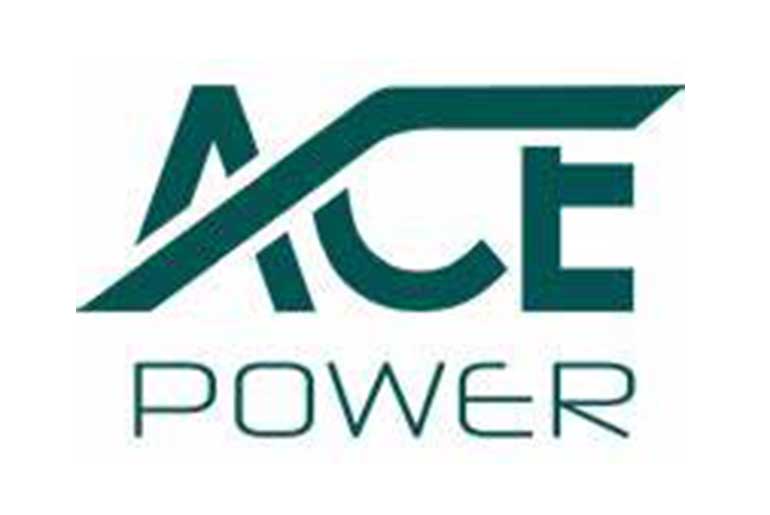The next clean-energy heavyweight of Western Australia has carved out a place in the state’s Wheatbelt. The Regional Joint Development Assessment Panel has unanimously agreed to allow construction of a 200-MW solar farm supporting a four-hour, 200-MW/800-MWh battery facility on farmland south of Narrogin, 190 km southeast of Perth, on the proposal of ACE Power. The hybrid plant, costing A\$400 million (US\$260 million), is expected to interlink with the Western Australia grid at the Narrogin South substation and inject power into the state’s Wholesale Energy Market once it starts operating.
ACE Power has blueprinted its project into the up-and-coming renewable energy zone of Narrogin, where a collection of solar, wind, and battery farms is starting to come into focus. Shire president Leigh Ballard celebrated the decision as yet another step towards economic transformation in the region; however, local councillors had urged that state planners put community funds and public art levies on a secure footing. The authorities downgraded such requests to non-binding (suggestive) advice notes, strongly encouraging (but not requiring) the developer to share benefits with residents.
Digits that come with the permit are difficult to overlook. According to project data, the solar farm and battery would provide energy to approximately 64,000 homes and prevent 137,000 tons of carbon dioxide annually. The project anticipates creating approximately 230 temporary construction positions and nine permanent jobs once the plant is fully operational. ACE Power reports there will be sheep grazing between the rows of panels, thus maintaining the site as an agricultural area and also adding revenue for the landowner.
Its developers have set out a particularly fast schedule: the final engineering and procurement phase would begin in early 2026, with groundbreaking following later in the same year and full commercial operation in 2028. Those dates correspond with Western Australia trying to retire its coal-fired plants as they reach the end of their life and meet its 2030 goal of having 80 percent of its generation coming up in low-demand times come out of renewable sources.
Grid operators also actively use co-located batteries to send stored solar energy into evening peaks and provide frequency-control services throughout the Southwest interconnected system. An adjacent 200-MW/800-MWh battery that has already gained approval from South Energy already demonstrates that Narrogin has the potential to be a storage hub.
To ACE Power, today is the start of something momentous without precedent, an industry in glossy renders to procurement calls, and finally steel and silicon under the Wheatbelt sun.



